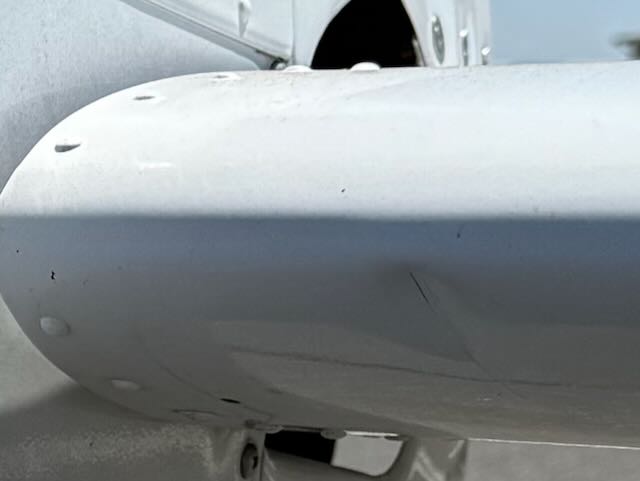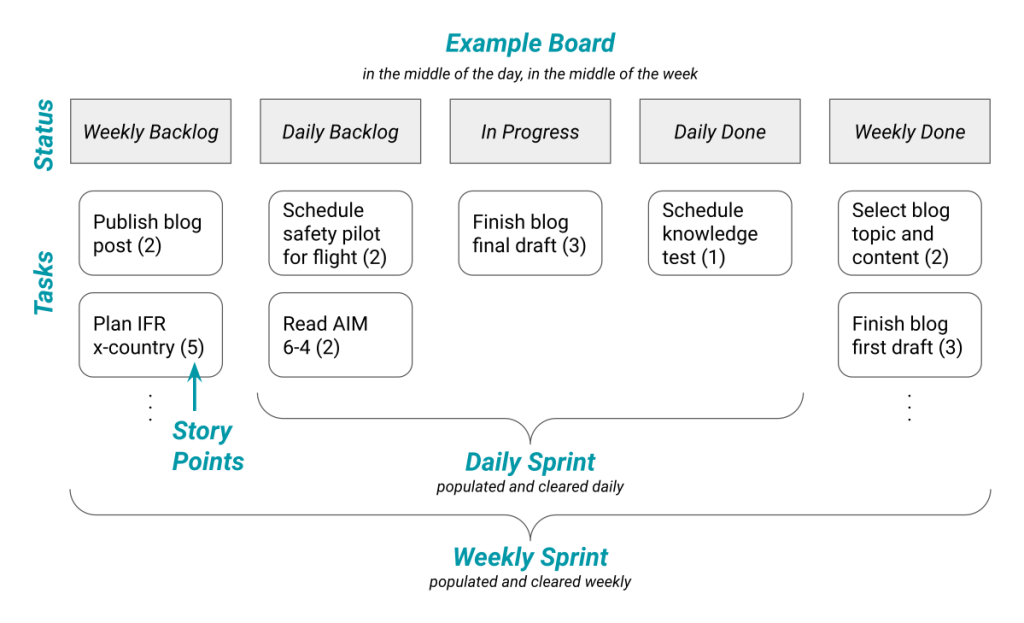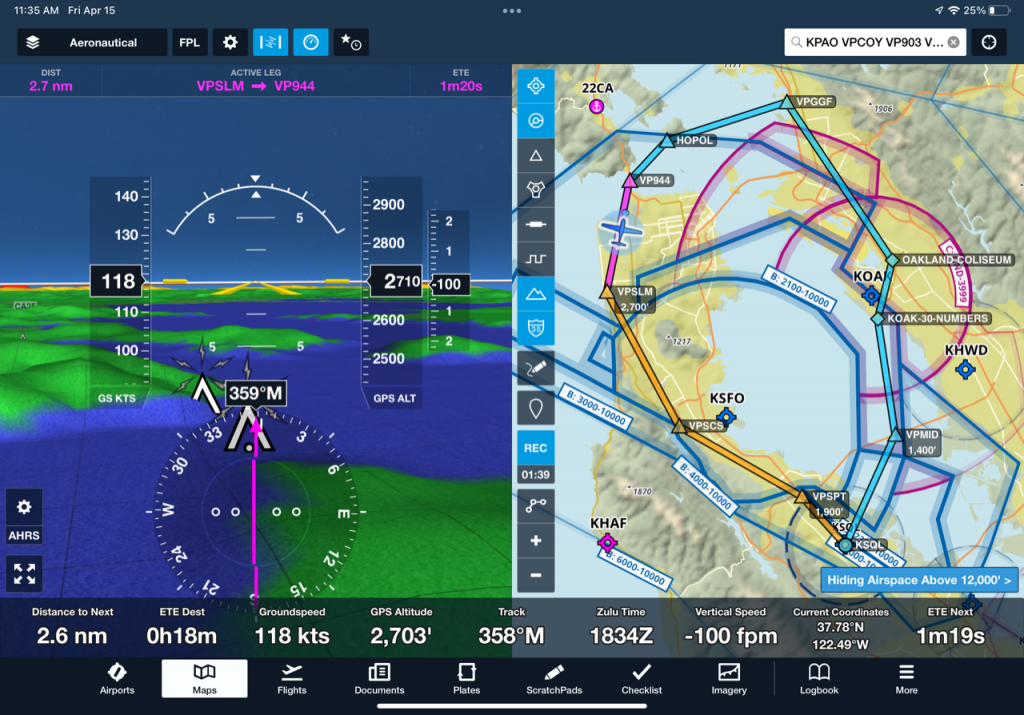I didn’t have ‘runway excursion’ on my personal bingo card for 2024. Some of the reasons it happened were pretty mechanical, like my student needing more right rudder in landing. Some are more subtle, like complacency and not adjusting to changing circumstances.
What I (and hopefully now others) learned from this experience is how we can unconsciously erode our safety margins.
The Situation
I was working with a student on the last moment of a landing, the roundout and flare. This student was letting the nose go left instead of using the rudder to stay parallel.
Lap 1
Our first lap of the day resulted in a go-around. The winds were forecast to be calm (METAR said 01005KT1), but we had an unexpected gust on short final.2 The suddenly destabilized approach resulted in a prompt go-around by the student.
Lap 2
On our second lap, the winds on short final pulled us left of centerline. We continued into the roundout, and the nose again came ~20° left of centerline.
Then the wind dropped, and we landed instantly. We touched down still pointed off the runway.
My Flight Controls!
I took flight controls,3 but I didn’t have the rudder authority I expected for a turn.4 Plus, we had so much leftward momentum already.
Concerned that a heroic save could cause more damage,5 I prioritized deceleration and avoiding hitting signs/lights as we left the runway.

Safety Margin Erosion
Unexpected Wind
The forecast predicted light crosswinds. The windsock6 showed stronger and more crosswind than expected.
And when we most needed the wind, it vanished.
Near Edge of Runway
We entered left of centerline with the nose pointed left. Additionally, this runway was narrower than the runway of our last several lessons.
We weren’t far off centerline, but the narrower design put us closer to the edge than prior lessons.
Complacency
I was complacent about calling for a go-around. This student made good go-around decisions — even as I watched them not go-around, I presumed they would.
The student later explained they had been complacent thinking there wasn’t serious risk as long as I was in the airplane.7
Lessons Learned
After conferring with the student, I wrote this blog in hopes that someone else might learn from it. Here’s what I took away.
Flight Instructors
- Make it clear you expect good, conservative go-around decisions8
- Regularly hum the Go Around Song, so it’s perpetually stuck in student’s heads
- If a student can’t land on centerline on a big runway, don’t move to a smaller runway
- Keeping parallel in landing is best worked on without crosswinds
- Consider personal minimums for teaching, and consider tailoring them for particular students
And the more clichéd advice is still very good:
- Don’t allow the plane into a configuration you can’t recover from
- Don’t allow an unstable approach to continue
Pilots Generally
- Learn what counts as an unstable approach
- Don’t continue an unstable approach
- When in doubt, go around and try again
- Don’t accept unnecessary risk because you have an instructor with you
- Remember to run IMSAFE after something like this — taking a few days to reset may be wise
Hopefully this helps you avoid a similar sort of issue.
Best,
Jack
- This post’s plausibly useful idea is about finding historic weather products. There’s a great database from Iowa State, if you’re ever looking back. ↩︎
- I noted the wind sock at ~12kts when it kicked up, maybe a 6kt gust factor. Since it was a direct crosswind, this increase was quite noticeable. ↩︎
- Too late, obviously, but efficiently. We practice the exchange of controls regularly, and I use a defensive position. ↩︎
- I think this was due to the lost wind, but hard to say. ↩︎
- Could adding power and pulling away have avoided this completely? How late into a landing is too late for a go-around? We were slower than short field rotation speed now, and I know adding energy to a crash can make it much worse. I guess minimal damage and no injuries are better… right? Although it sure would be nice not go off the runway. ↩︎
- and checking into AWOS systems after the fact ↩︎
- This is an interesting balance — I definitely want students to feel safe, but not so much that they’ll take unnecessary risks. ↩︎
- “I’ll be disappointed if I need to make the go-around call.” ↩︎

